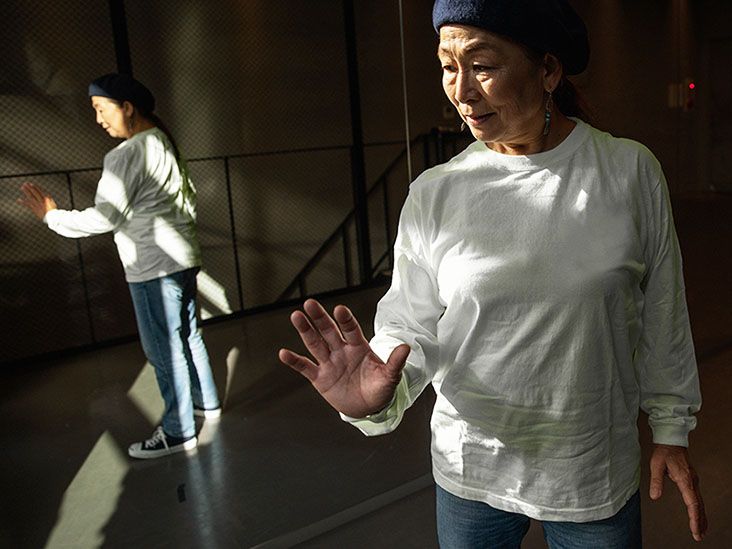Researchers from the University of Colorado Boulder recently conducted a study that suggests older adults may move slower because it costs them more energy to do so than younger adults. This new research, published in The Journal of Neuroscience, could potentially lead to new diagnostic tools for diseases such as Parkinson’s disease and multiple sclerosis. During the study, participants were asked to reach for a target on a screen holding a robotic arm in their right hand. Through analysis, scientists found that older adults modified their movements at certain times to help conserve their more limited amounts of energy compared to younger adults. The study also examined how aging affects the brain’s reward circuitry, finding that while older adults responded similarly to reward as young adults, they were more sensitive to effort costs.
The findings from this study could have significant implications for understanding movement-related disorders and developing interventions to slow or eliminate the decline in movement speed that occurs with age. Slowing of movement not only impacts physical and social activities but is also a symptom of neurological disorders. By better understanding the underlying causes of movement slowing in aging and various disorders, researchers believe they can identify better interventions. Movement can serve as a biomarker of neurological health and provide valuable insights into the functioning of the brain and muscles. Encouraging exercise in older adults, even if it takes more energy, can have multiple health benefits and help maintain mobility and quality of life.
Neurologist Clifford Segil agrees with the study’s emphasis on exercise for elderly patients and the importance of staying active to maintain mobility and overall health. He suggests that further research on brain activity during movement in aging individuals would be valuable for understanding how the brain adapts to the challenges of aging. Similarly, brain health coach Ryan Glatt acknowledges the intriguing hypothesis presented in the study but highlights the need for direct neurological evidence to correlate movement patterns with age-related changes in brain function. Future research should aim to strengthen the findings by linking behavioral data with neurophysiological evidence, conducting longitudinal studies with diverse populations, and replicating the study with larger sample sizes and varying conditions to verify the robustness and generalizability of the results.
In conclusion, the study on why older adults move slower due to increased energy costs sheds light on the complex relationship between aging, movement, and brain function. By understanding the underlying mechanisms that contribute to movement slowing in older adults, researchers hope to develop new diagnostic tools for movement-related disorders and identify interventions to slow or eliminate the decline in movement speed that occurs with age. Encouraging elderly patients to stay active and exercise, despite the increased energy required, can have numerous health benefits and improve quality of life. Further research is needed to strengthen the findings and better understand how the brain adapts to the challenges of aging, ultimately paving the way for improved interventions and treatments for movement-related disorders in aging individuals.


